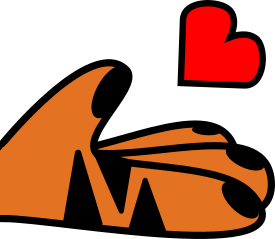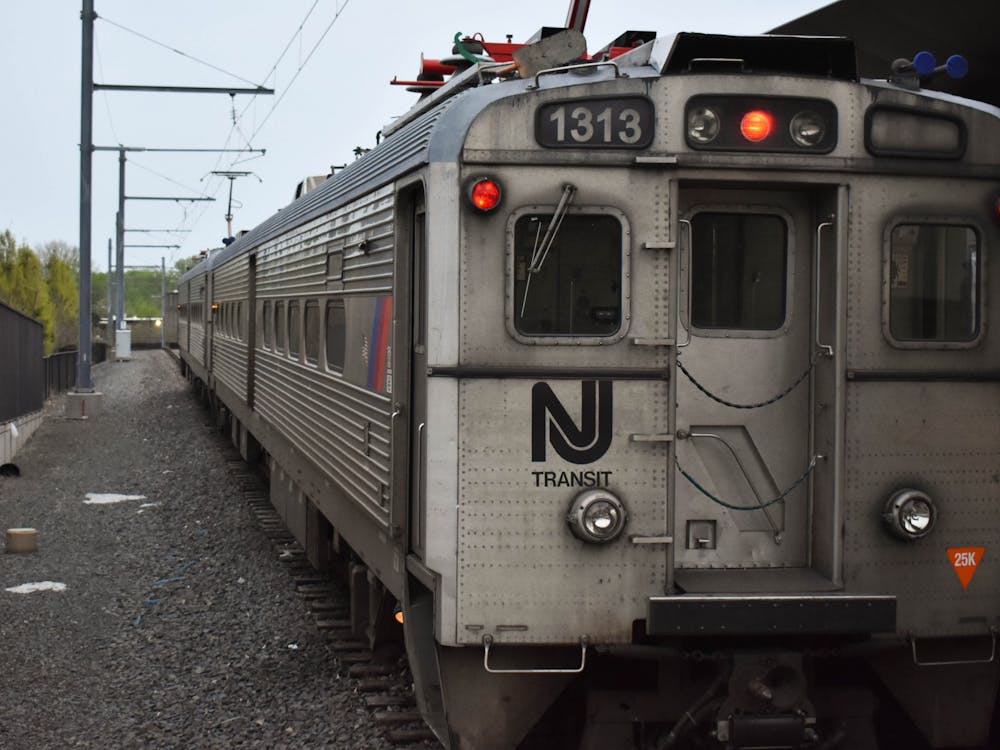Understandably, some donors choose to put their own names on the buildings that their gifts have made possible, and not infrequently, they take the opportunity to add their families' names to the landscape of a place they love. Many others, though, choose to name the building in honor of someone else.
Some buildings were named by groups of people who joined together to pay tribute to someone they admire. That's the case with Patton Hall, named in honor of Princeton's 12th president, Francis Patton, which was given by a collective of 10 classes (1880 and 1892 through 1901). Not all groups who have chosen to give buildings to Princeton, however, were composed of alumni - Cleveland Tower, erected in 1913, was donated by "public subscription" - gifts given by thousands of citizens in honor of the former United States president who later became a University trustee with a keen interest in the planning of the Graduate College. And more than 1,500 donors from 39 different colleges contributed funds to create Baker Memorial Rink, the first-ever collegiate hockey rink, which commemorates legendary Princeton athlete Hobart Baker '14, a fighter pilot who died in the First World War.
Sometimes, the University itself chooses to name a building to recognize a distinguished Princetonian, as happened in 1952 when Princeton changed the name of Woodrow Wilson Hall to Corwin Hall to honor constitutional scholar Edward Corwin, the first chair of the Department of Politics, which now makes its home in that building.
In other cases, a small group of alumni led by the efforts of one Princetonian have worked together to donate and name a building. Lewis Thomas Lab, named for the renowned physician, researcher and educator from the Class of 1933, was given by his friend, Laurance Rockefeller '32, and other admirers. Similarly, Hargadon Hall was made possible by a small group of trustees to celebrate the many contributions made to Princeton by "Dean Fred" during his 15 years as dean of admission. The trustee donors remain anonymous.
One of the most heartwarming examples of naming a building to honor another is The Friend Center, given by Dennis Keller '63 in memory of his roommate Peter Friend '63, who died as an undergraduate. Keller had known Friend since childhood. At the building's dedication, he said, "Now there is a place at Princeton which will celebrate and remember Peter's strength of character, his accomplishment and his goodness. And this place will help the University I love take better care of generations of its 21st-century students. "
In his column, Bradlow asked, "What do the names of these structures say to those who look at them daily?" His question reminds me of my freshman assembly, which included remarks by former U.S. Attorney General Nicholas Katzenbach '43. He made a comment I never will forget: "Alumni who would never know you made it possible for you to be here." Maybe that is why I've worked here for nearly 20 years, all in a proud attempt to give something back. The names on our buildings humble me and represent achievements and characteristics that are worth being remembered by Princetonians past, present and future.
Lisa Dunkley is a project analyst in the Office of Stewardship. She can be reached at dunkley@princeton.edu.









